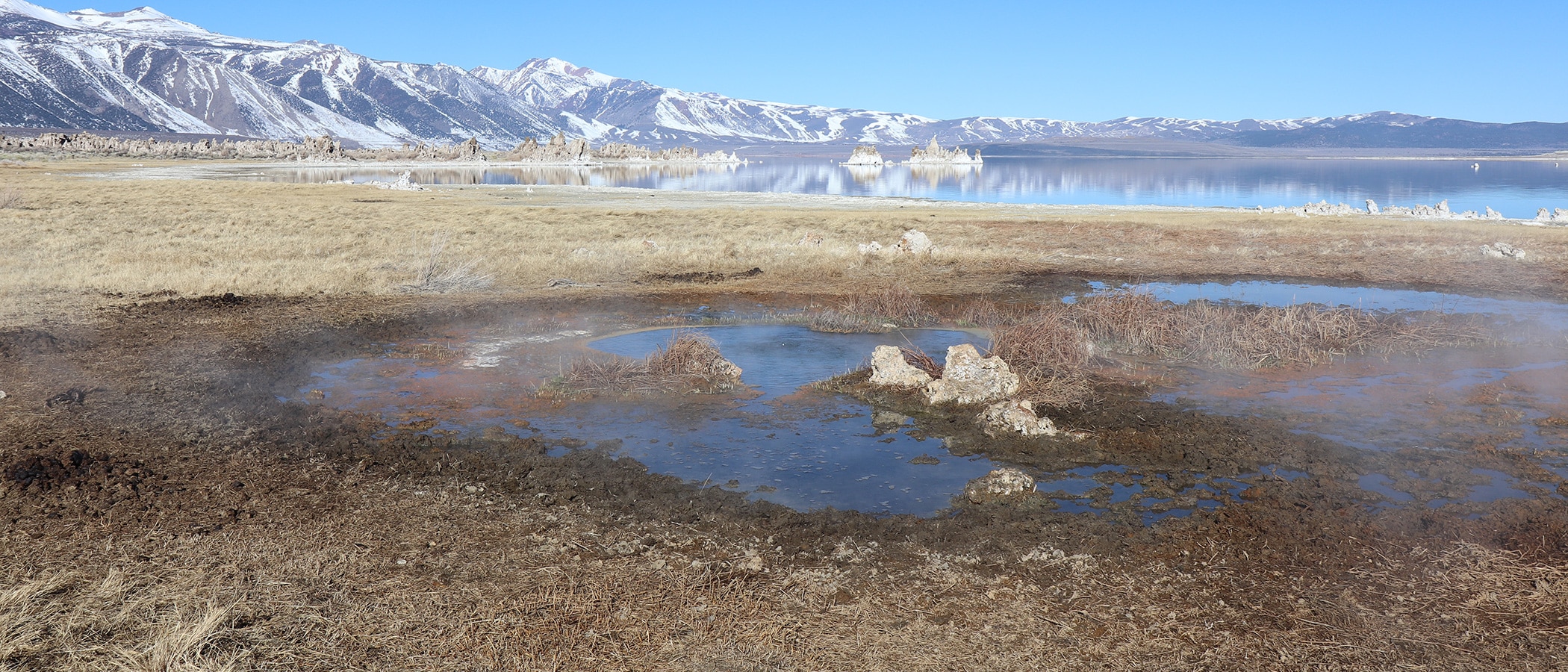

For decades, wild horses from the Montgomery Pass Herd, located more than 20 miles east of Lee Vining, roamed far from the shoreline habitat of Mono Lake, but that has recently been changing. A new article in the San Francisco Chronicle highlights what the Mono Lake Committee and residents have been witnessing: “Only over the past few years have the horses become a familiar sight in the eastern Sierra. They’ve pushed west from their historical stomping grounds in and around the White Mountains on the state’s remote border with Nevada toward a handful of California communities.”
In the Mono Basin the horses, which are federally protected, are increasingly impacting sensitive spring, wetland, and alkali meadow habitats and the birds that depend on them. The increased horse presence is also impacting unique tufa formations around Mono Lake. The threat to human and horse safety is also escalating as more horses appear on highways and at visitor day-use sites near Mono Lake. The Chronicle story highlights a recent surprising collision between a bicyclist and a horse, leaving the rider with serious injuries.
The Chronicle article covers these issues as well as the management challenges that the US Forest Service, as lead agency for the Montgomery Pass Herd, is grappling with. The Mono Lake Committee has been monitoring the impacts as the number of horses has increased and they have pushed westward across the Mono Basin and towards Highway 395. The Committee is working collaboratively with the Forest Service, California State Parks, and other stakeholders to find a solution that protects Mono Lake, people, and horses.
Note: If you do not already subscribe to the San Francisco Chronicle, you may not be able to read the full article because of the paywall.
Top photo by Andrew Youssef: A February 2022 view of a freshwater spring on Mono Lake’s south shore, degraded by several months of horse activity.
